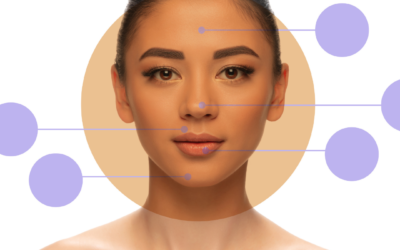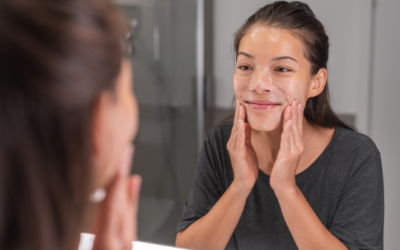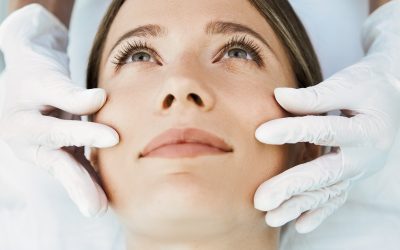
Acne is tough no matter what, but cystic acne takes it to a new level causing pain that is impossible to ignore. Cystic acne is considered to be the most severe type of acne and is characterized by tender, inflammatory nodules that are underneath the skin and never surface like a standard pimple.
While less invasive acne can generally be treated with a proper skin care routine, cystic acne is less responsive to at home treatment and usually requires a trip to the dermatologist.
Common treatments for cystic acne
• For minor cystic acne – meaning it is one or two nodules and not widespread – a quick cortisone injection can dry up cystic acne within hours.
• Antibiotics or topical treatments. Your dermatologist will likely first attempt to clear your cystic acne with one of these two treatments. You have to remember though that any treatment (with the exception of the quick cortisone shot) takes time to work, sometimes up to 2 months
• Accutane, also known as Isotretinoin, is a prescription medicine that is used to treat moderate to severe acne. According to Dr. J. Mark Jackson, board-certified dermatologist with Forefront Dermatology, “Accutane is typically used in patients suffering from severe and painful cystic acne or patients not responding to traditional therapies. Oftentimes, the patient has been suffering with this acne for years and it has not been responding to antibiotics or topical treatments.” Accutane is known to be the most successful course of treatment for individuals whose acne has not responded to other treatments. It also has the highest rate of clearance. In the first few weeks of treatment, approximately one in five patients notice their acne worsening with most patients seeing results over the first 6-12 weeks. The entire course of treatment is usually 4 to 6 months but may last longer if lower doses utilized. Some individuals may require additional rounds of Accutane.
Steps you can do to help your cystic acne
• Don’t try to pop the deep cysts as this may result in more inflammation under the surface and increase the potential for scarring.
• When you first feel it coming on, ice it. Applying an ice cube directly to your pimple will constrict small blood vessels, feeding the cyst, and will immediately decrease redness and size. Don’t keep the ice on too long, give your skin a break from the coldness and reapply in intervals.
• Use oil-free products including moisturizer. With cystic acne your skin is likely oily and doesn’t need to deal with even more oil being applied with skin care products.
Struggling with Acne?
The board-certified dermatologists at Forefront Dermatology are specialists in acne, acne treatment and acne scar treatment. Find a dermatologist near you and schedule your consultation today.





